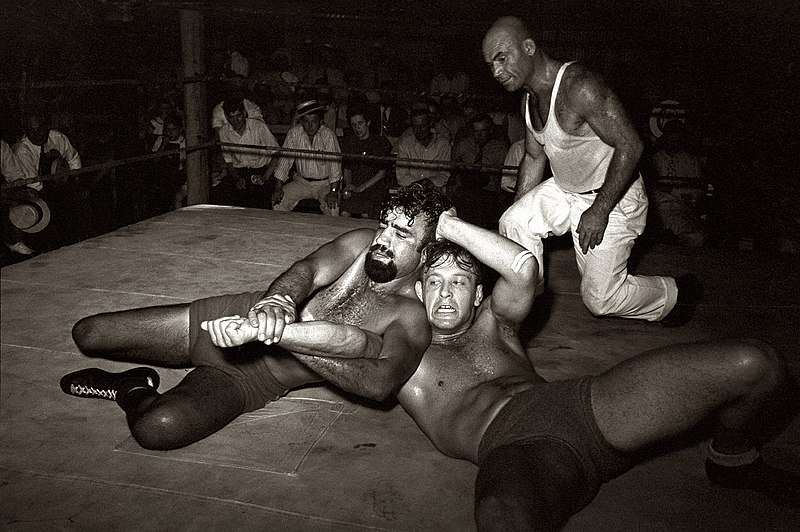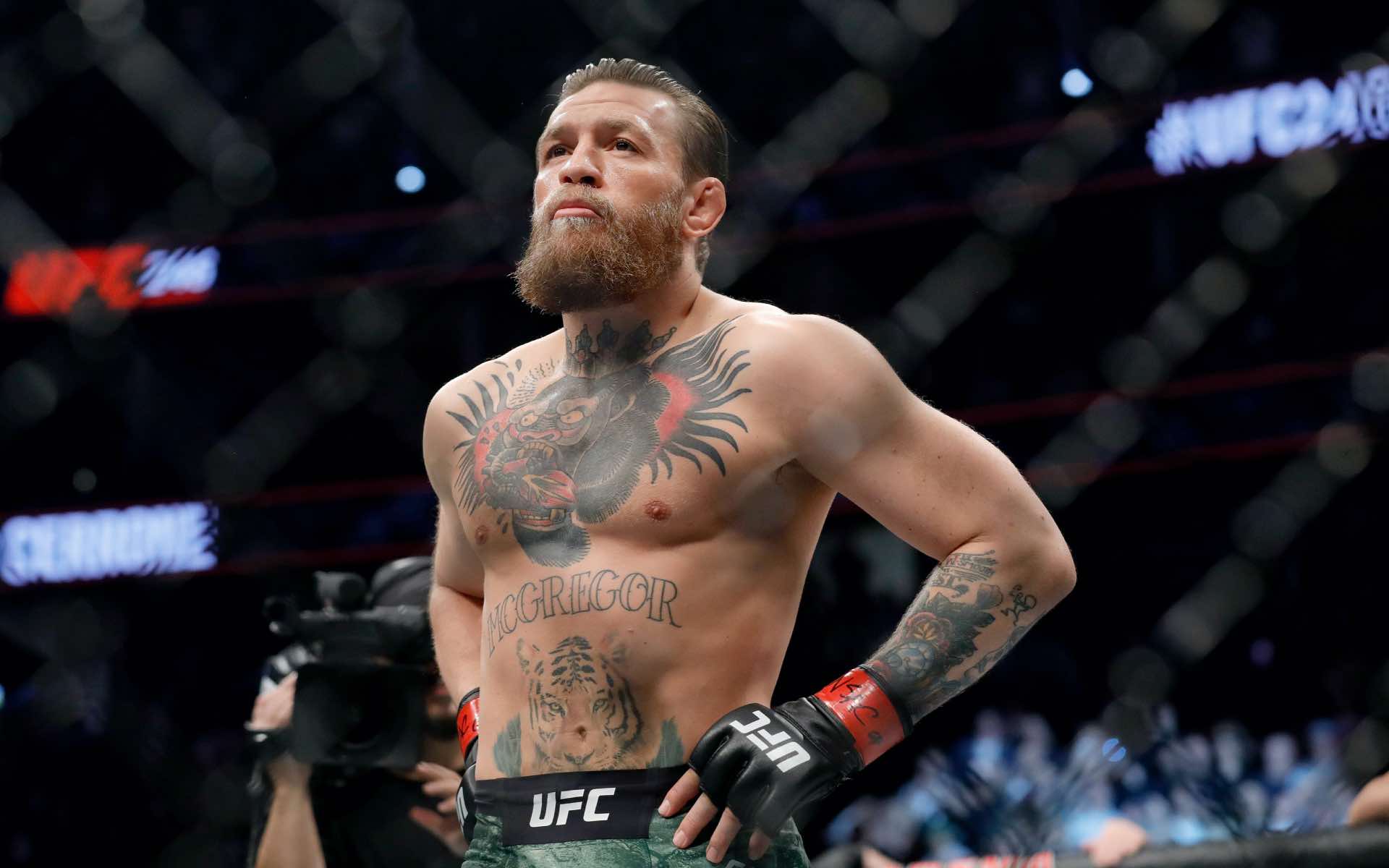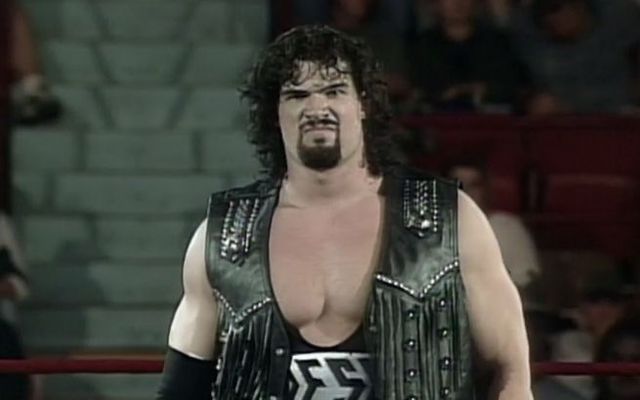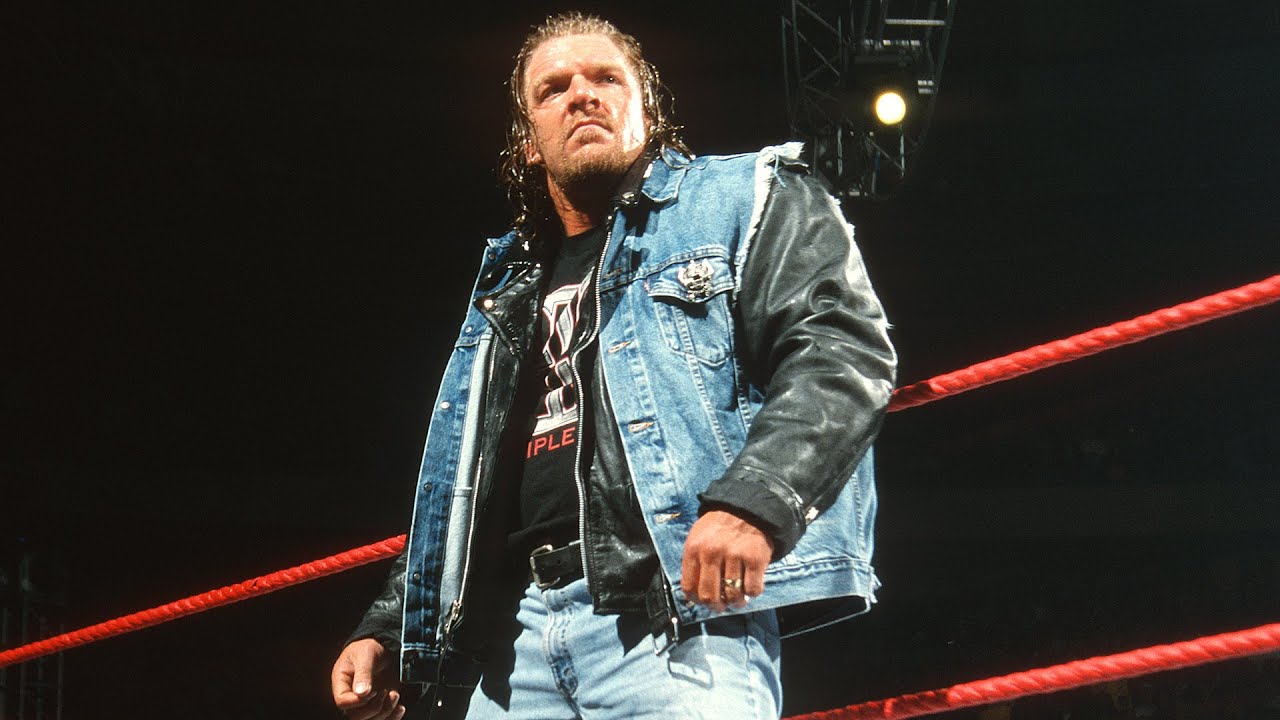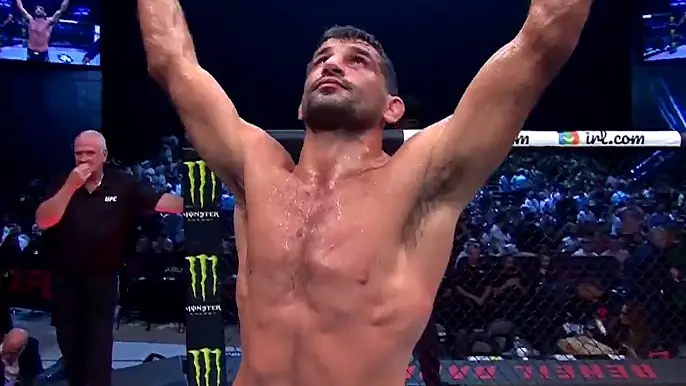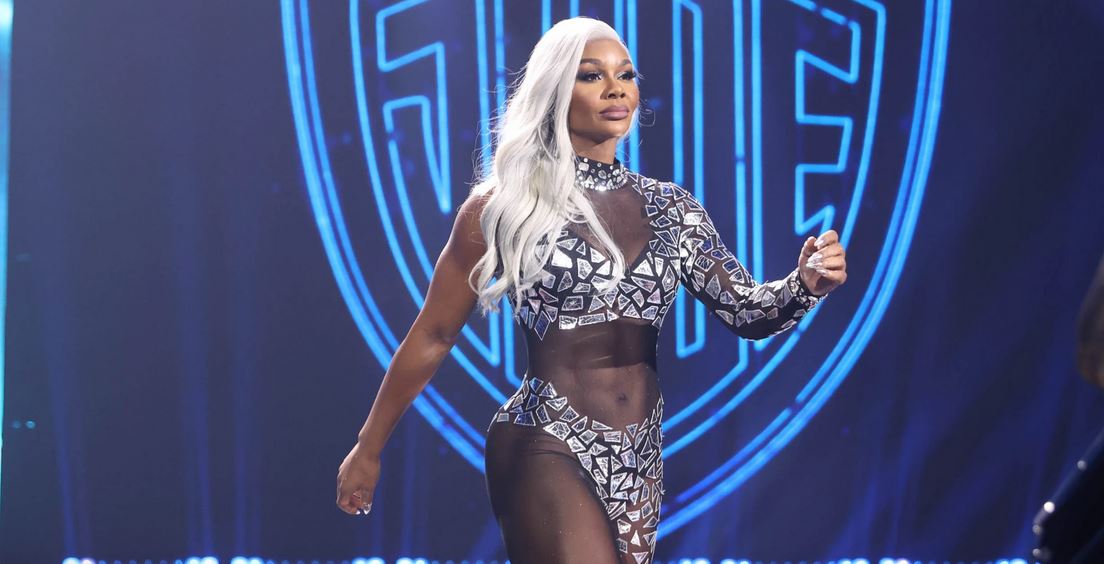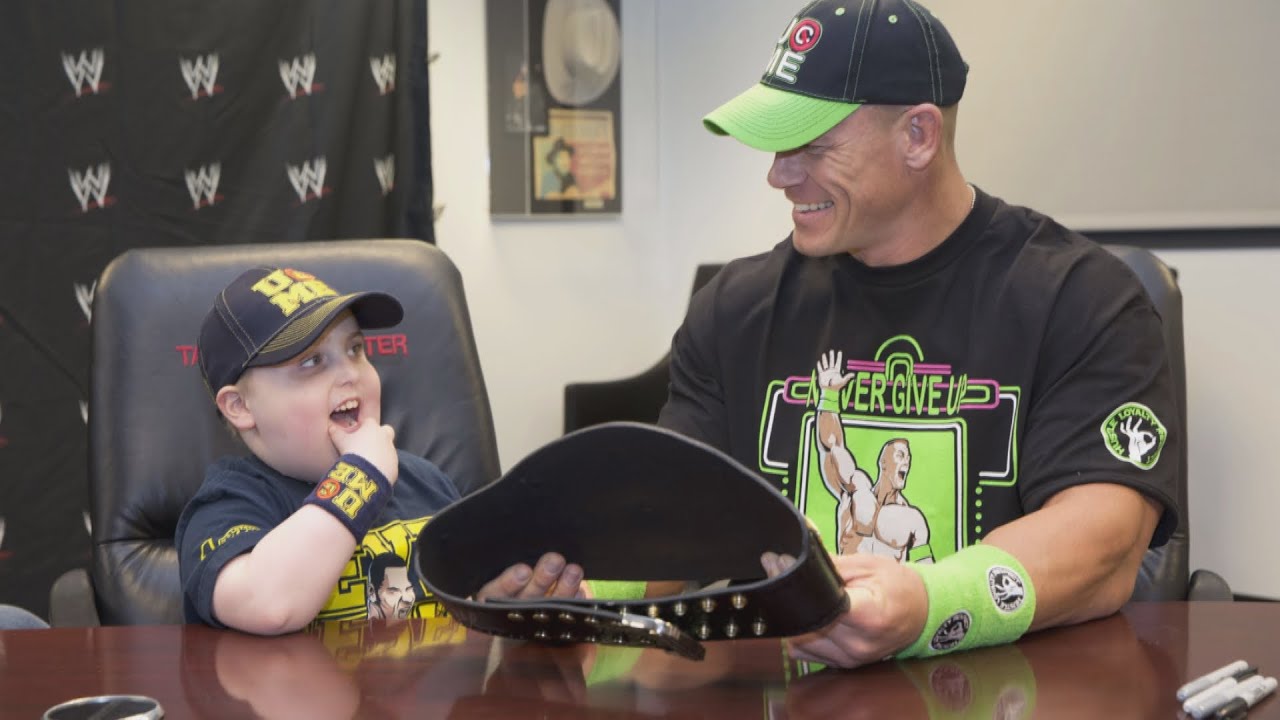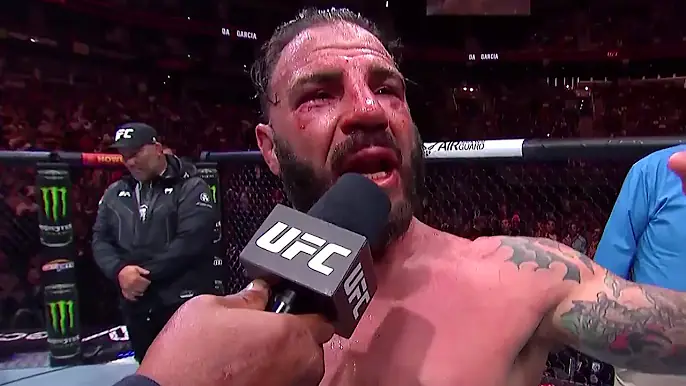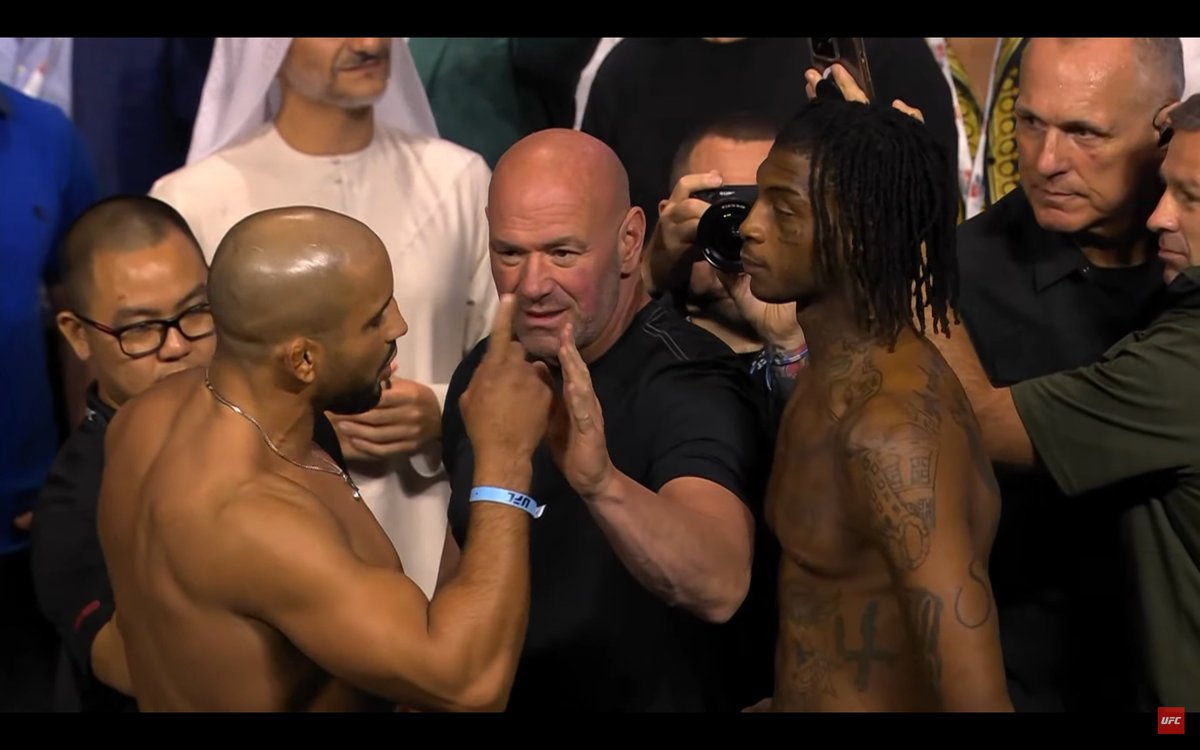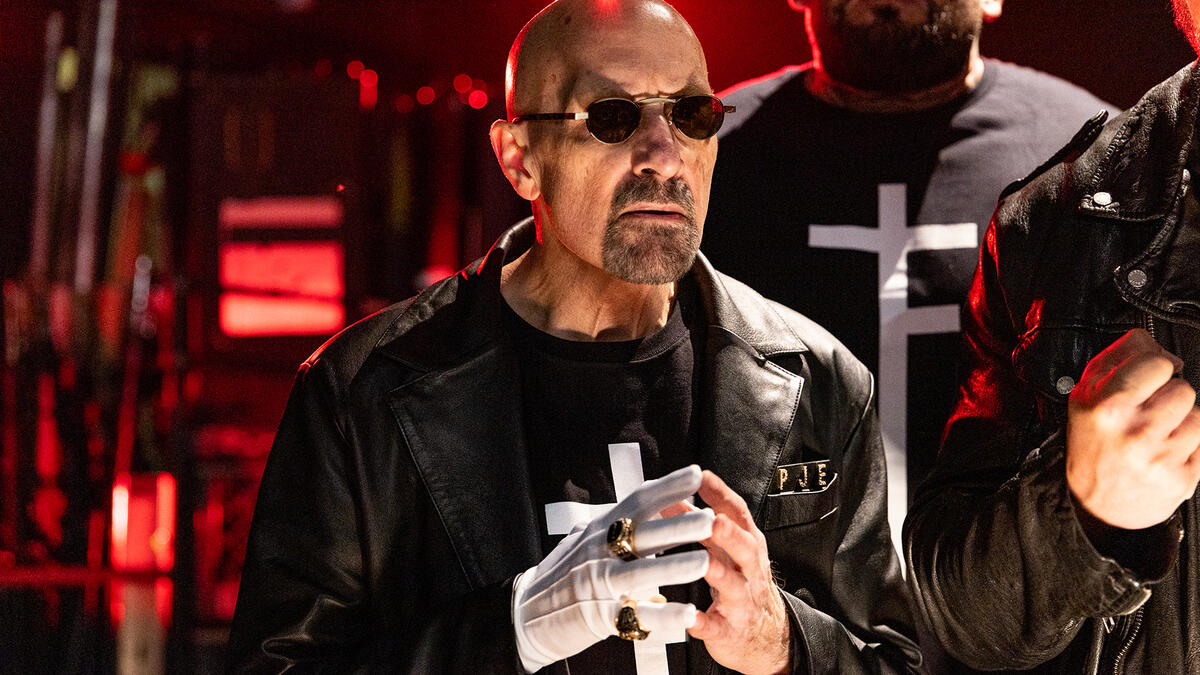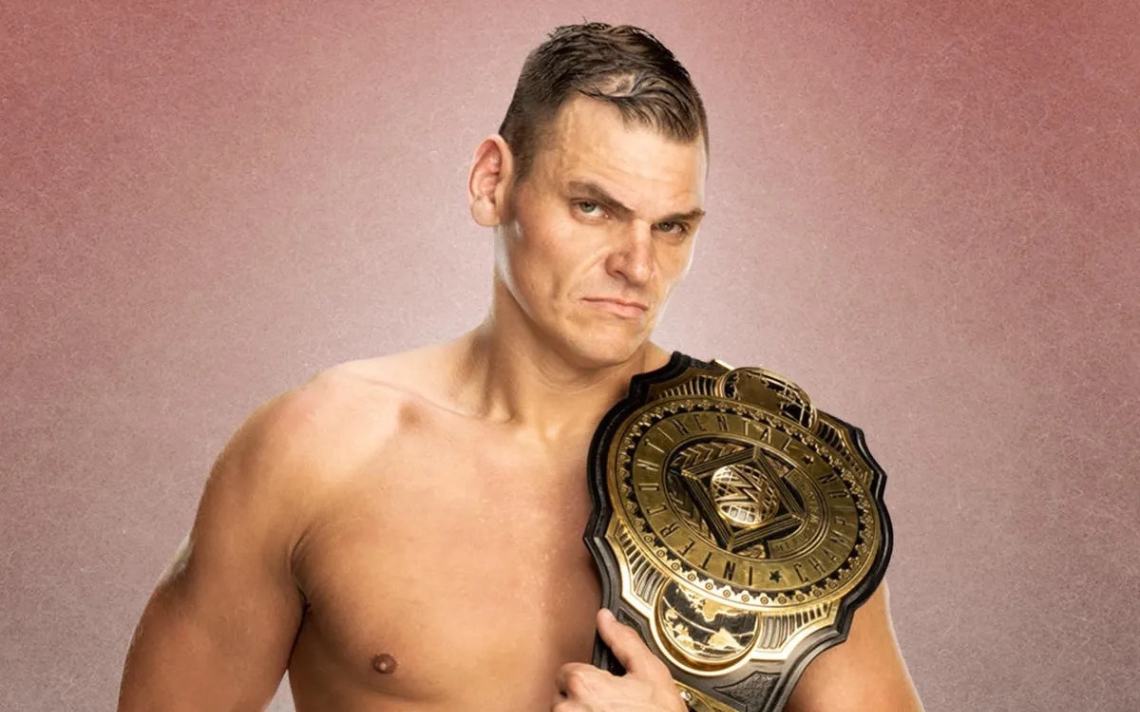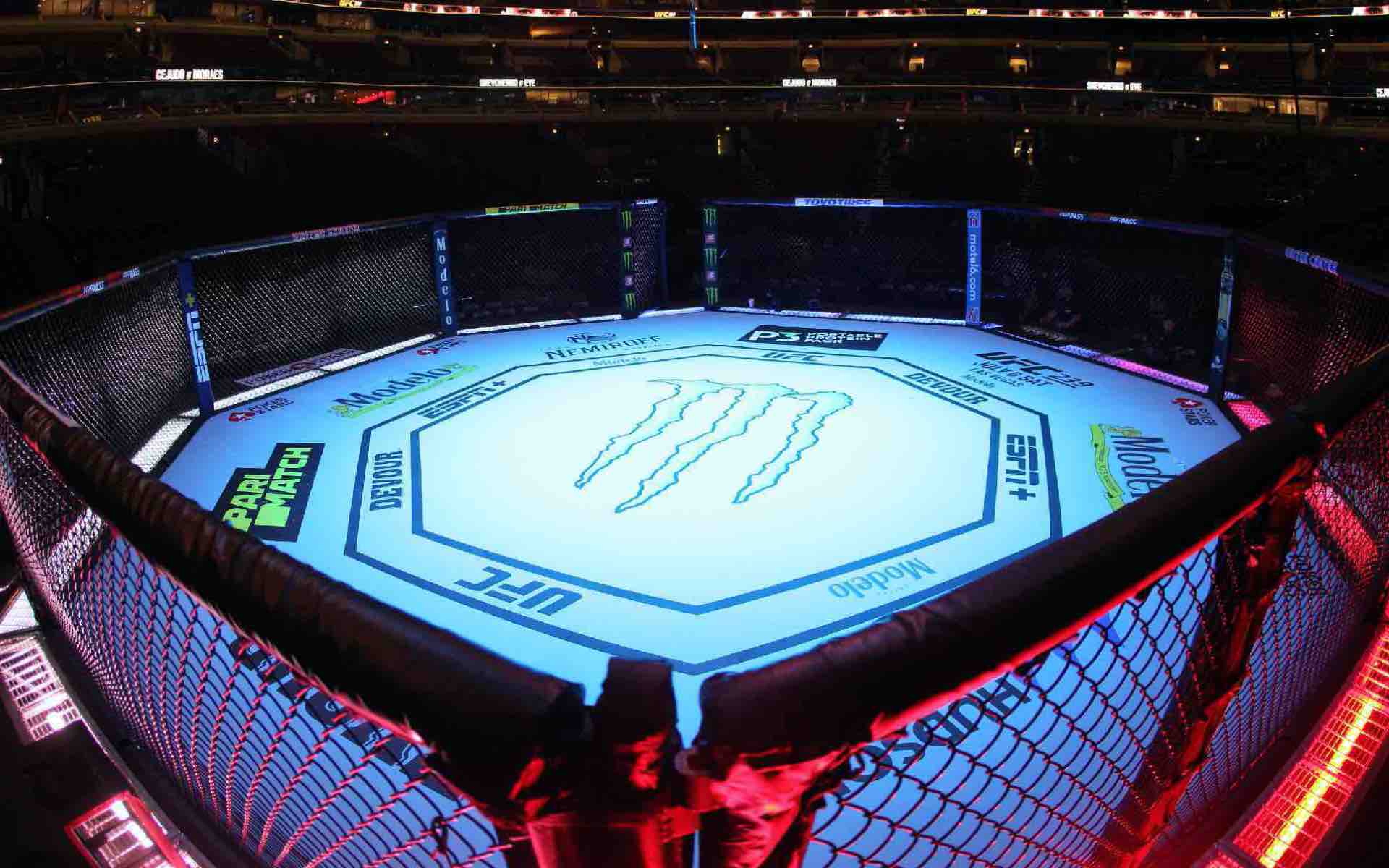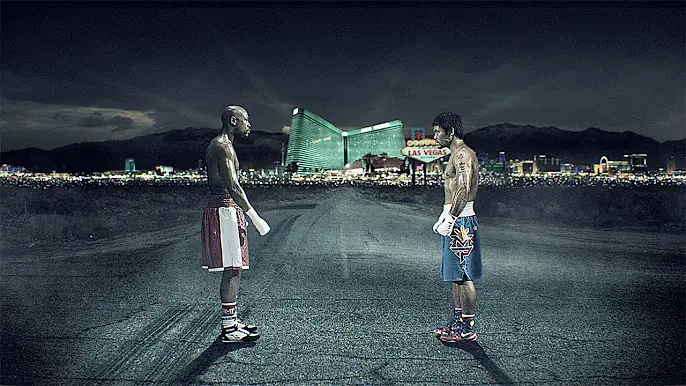Breaking Kayfabe: The Impact of Social Media on Wrestling Storylines
Professional wrestling has always been an art unto itself, living precariously with a fragile dichotomy between real and just acting. For a long period, this was satisfactorily pulled off, keeping this so-called kayfabe “in reality,” wherein people survived and believed that all of this was staged. Things took a drastic turn once the sentiments of their opinion about those events started making use of the power of social media because it confusingly altered and obscured things both from the viewpoint of a storyteller and his audiences. As humanity shifts increasingly onto this electric canvas for speaking one’s mind with unmatched candor, how this wrestling tradition was presented before its target audience will continually shift in years to come into radical reconfigurations.
Kayfabe and the Digital Age
Traditionally, professional wrestling’s kayfabe was sacrosanct. Professional wrestlers were supposed to maintain their in-ring personas outside of the arena. This continuity supported the emotional investment of fans and helped maintain the believability of the storyline. However, as social media started to gain momentum, the walls of kayfabe began to break down.
Today, wrestlers can reach their fan bases on Twitter, Instagram, or even TikTok nearly every day, sharing their lives so as to seemingly refute their televised character portrayals. It’s created a relationship far more personable between the performer and fan than ever before, and with it some confusing challenges that directly relate back to traditional ideals of kayfabe.
The Double-Edged Sword of Social Media Engagement
The integration of social media into wrestling storylines has brought both opportunities and challenges for the industry:
Storytelling and Character Development
Social media platforms have become an extension of the wrestling ring, where performers can develop their characters and advance storylines beyond traditional TV programming. Performers can use Twitter feuds, Instagram posts, and YouTube videos to tease upcoming matches, fuel rivalries, and provide additional context to on-screen events. This multi-platform approach creates a more immersive experience for fans and generates buzz for upcoming shows.
An example being how wrestlers can use Twitter to set off heated arguments that may lead up to an in-ring match. All of these little interactions give depth and multiple layers to the rivalries and let nuances of characters peek through.
Increased Fan Participation and Loyalty
Therefore, through the media of social networking, a sense of community and loyalty has developed between the wrestlers and the fans. For the first time, fans could get up-to-the-minute interactions with their favorite performers regarding storylines and matches. It has made them more invested in the product and created a much stronger, dedicated fanbase of the sport.
But perhaps more interestingly, social media has brought with it the fact that for the first time, independent wrestlers or minor league-like wrestling promotions can market themselves and create their brands as global entities themselves. Via their Twitter handles and Instagram feeds, these entertainers can also make themselves viable talents who promote events on their own.
Blurring the Line Between Reality and Fiction
Increased engagement does not stop at the shows, but increased engagement has had both positive and negative sides to it. For one, it has made the suspension of disbelief required by wrestling storytelling more difficult to maintain. It’s tough to fully invest in the kayfabe narratives presented during the shows when one can witness wrestlers breaking character on social media or interacting amicably with their on-screen rivals.
The blurring in this respect has brought a new concept in the world of storytelling, probably referred to as “worked shoots,” where elements of real life are included in the fictional narratives. This may draw a decent and emotionally touching storyline but at the same time give further dross to the traditional boundaries of kayfabe.
The Impact on Storytelling Techniques
Social media integration into wrestling narratives has made some necessary changes in how stories are created and presented:
Developing Storyline in Real Time
Social media provides a more active and responsive context to the act of storytelling: a promotion could determine, right away, how fans responded to a storyline and change it accordingly. With this flexibility of storytelling comes other side effects, creating challenges in regard to consistency and ongoing storylines.
Multi-Platform Narratives
Gone are the days when wrestling storylines were confined to the now and pay-per-view. Today, rather, they are unfolding across media platforms, each providing one singular piece of the narrative puzzle. This sometimes creates a more complex and layered way of storytelling, yet requires great coherence between channels.
Incorporation of Real-Life Elements
The line between a wrestler’s persona and their actual personality has become so blurred. More and more, performers are integrating elements of their true selves into their characters for authenticity and greater relatability in the persona. It’s leading to storylines that borrow more from real life or personal experience to give depth and resonance to the emotions that happen in the stories.
Challenges and Controversies
Where social media has opened up new avenues within storytelling, it has also given owners in the wrestling industry significant problems:
Kayfabe in a Connected World
The constant connectivity of social media makes it more and more impossible for wrestlers to stay in character every moment of their lives. A candid moment online can shatter a laboriously built storyline or character arc. This has put a constant debate within the industry about the value of strict kayfabe in the modern era.
Spoilers and Leaked Info
It’s very difficult to hold onto storylines and surprises on social media as information spreads out of control. An accidental spoiler, or the actual leak of vital information, minimizes the intended reaction of the story’s reveal or surprise and may dampen enthusiasm among fans. Marketing, too, has had to become savvy in this game—keeping secrets for surprise without limiting audience engagement.
Online Backlash and Fan Influence
While fan feedback provides something of value, the speed and vigor with which it can express its opinion on social media often create intense pressure to reach decisions or creative redirections very fast. Promotions have to draw a fine balance between responsiveness toward fans’ demands and long-term creative directions.
The Future of Wrestling Storytelling in a Social-Media-driven World
As social media is ever-changing, so will the impact it has on professional wrestling. Here are some potential trends and developments to watch:
Increased Integration of Virtual and Augmented Reality
As technology continues to evolve, one could even imagine wrestling promotions experimenting with virtual and augmented reality experiences that let fans interact with storylines and characters in new, immersive ways17.
More Personalized and Interactive Stories
Social media data and analytics could enable more personalized storytelling through the creation of narratives that cater specifically to the preferences and viewing habits of an individual fan.
More Emphasis on Reality and Authenticity
As the fans evolve and are progressively wiser as well as more connected, there may continue a further drift into the more realistic storytelling in the realist arena, grounded criteria, with a focus on true-to-life assets and narratives.
Conclusion
Social media has completely changed wrestling storylines, and a new paradigm—one that has really tested the established traditions—opens up new horizons both for engagement and creativity. And as the line between kayfabe and reality continues to blur, wrestling promoters will have no choice but to change their means of storytelling to satisfy this connected and enlightened audience.
Whereas the erosion of traditional kayfabe does tend to present problems, it’s equally a chance to develop more spontaneous, engaging, interactive narratives that elicit emotions. The future in wrestling storytelling will perhaps be a tightrope to walk between maintaining the mystique of kayfabe with the authenticity and immediacy now afforded by social networking sites.
Ultimately, the success of wrestling in this, the social media age, will depend on the industry’s ability to harness these new tools while staying true to the core elements that have made professional wrestling a beloved form of entertainment for generations. And though the landscape may continue to evolve, one thing is for certain: the art of storytelling in professional wrestling is far from being pinned down.
